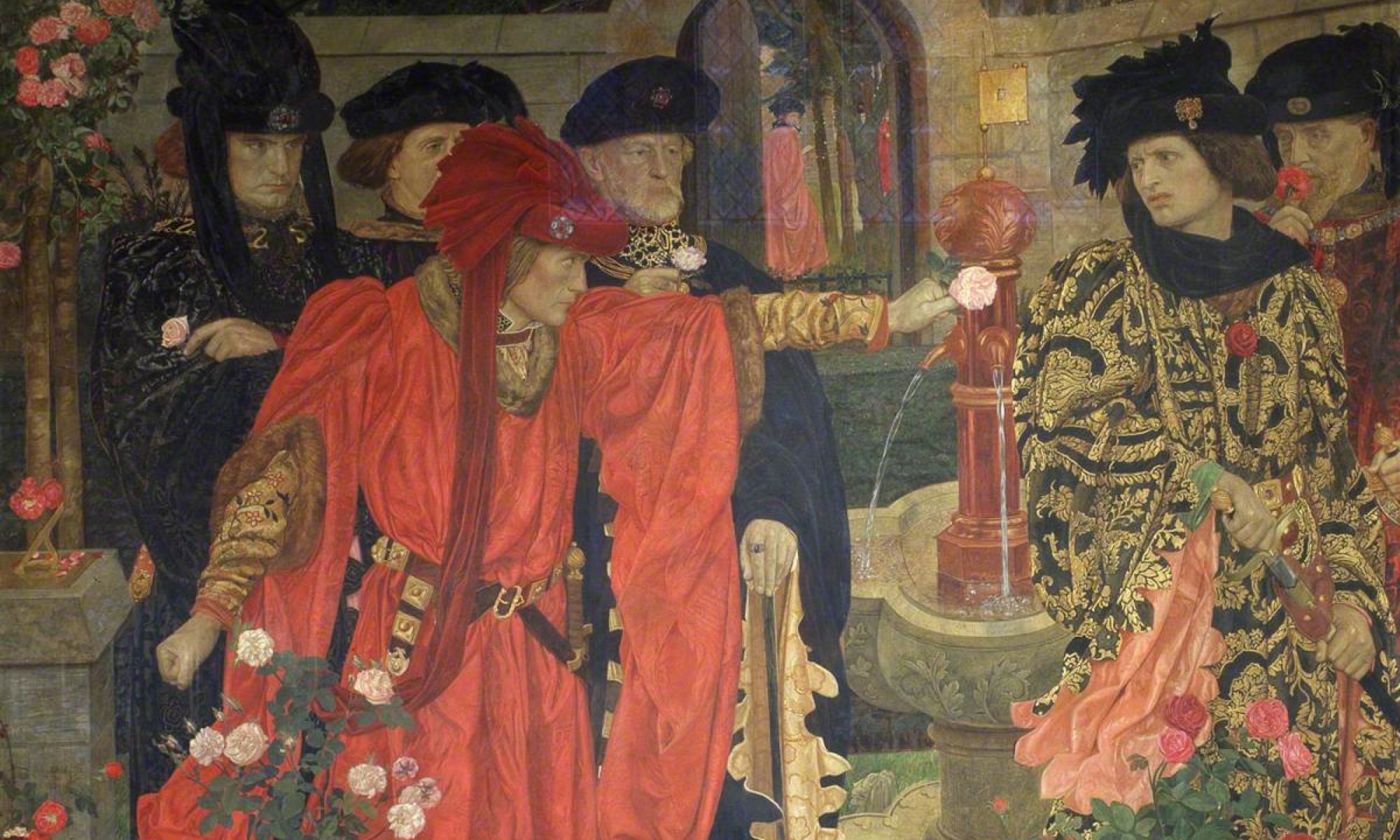In the modern era, the so called ‘Bechdel test’ arising from Alison Bechdel’s 1985 comic strip Dykes To Watch Out For, has often been used to assess the feminist credibility of new projects. The rules of the test are as follows:
- The drama must feature at least two women.
- They must have dialogue with each other at least once.
- This conversation must not focus around the subject of a male character.
Alarmingly, according to bechdeltest.com, only 58% of films released in 2015 passed this test. Well known blockbusters such as Darren Aronofsky’s Mother! and every single Avengers film have failed.
Although the test was not around in 1698 when Mary Pix’s Queen Catharine was originally performed, this historic drama does, in fact, pass with flying colours. This success is perhaps accidentally noted in Dawn M. Goode’s ‘Duelling Discourses: The Erotics of Female Friendship in Mary Pix’s Queen Catharine‘. Using William Congreve’s The Way of the World (1700), Goode begins by suggesting that friendships between women were not valued in comparison to heterosexual romantic relationships. Plays were usually androcentric (and by extension didn’t pass the Bechdel test). Goode goes on to argue, however, that Pix’s writing spearheaded an attempt to create a feminine space. By calling on ‘the favour of the fair women’ (p. 48) and dismissing her own male ‘huffing’ heroes ( p. 49), Pix’s explicitly identified her target audience as female. Goode argues that this is representative of the growing presence of women in theatrical culture. More specifically, Goode also argues that Pix’s proto-feminist priorities also affects Queen Catharine spatially and introspectively.
Firstly, Goode highlights the extent to which this play’s underground tunnels may be considered as a gendered space. The play’s key female characters, Catharine and Isabella, both have keys to these tunnels. It is only when both give in to their heterosexual desire (by giving men their keys) that their downfall occurs. Men invade this feminine space to the women’s detriment. Secondly, this feminine space greatly influences the presentation of female relationships. Goode suggests the relationship between Catherine and Isabella is homoerotic. Goode cites as evidence for this the use of such epithets as ‘Queen belov’d’ and ‘choicest care.’ Goode further argues that Isabella’s homosexuality is the reason for her death, as Catharine’s decision to prioritise motherhood leads to a less severe punishment.
Goode’s argument paves the way for a modern retelling of the relationship between Isabella and Catharine in line with our understanding of same sex relationships ( on reading her article, we decided to try this out). Overall, Goode’s argument provides an interesting recasting of some of Queen Catharine’s relationships. Although Catherine does end the play in a maternal position, her final speech, as seen here, is littered with a homosexual significance. Catharine laments the ‘Lovely Isabella’, whose ‘soft innocence’ will guide them to safety. It is not her male lover’s death that provides her with her final emotional break, it is Isabella’s untimely demise. Perhaps Queen Catherine’s ending is even more homosexual than Goode’s argument suggests. Regardless of this fact, even compared with blockbuster film-making, Mary Pix’s 1698 tragedy’s feminine and homosexual significance strikes a unprecedentedly modern tone.

